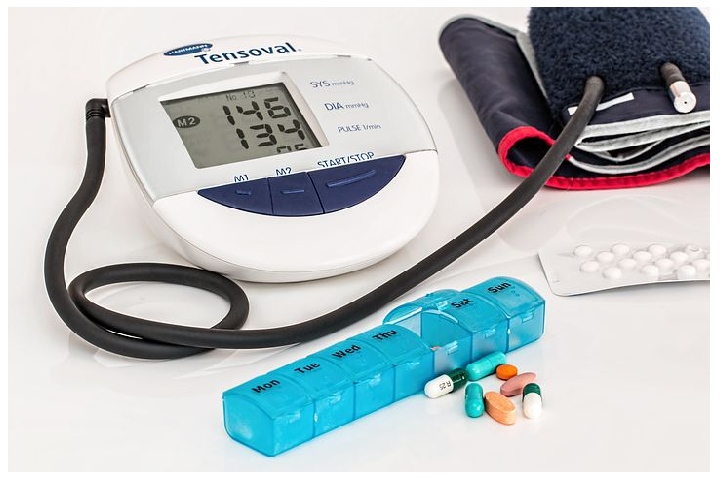Silent Pressure: Diagnosing and Managing Hypertension
Hypertension in figures
To begin with, doctors will monitor your hypertension during
regular physical exam. Hypertension, or highest blood pressure, is measured by look
at systolic blood pressure (the top number in your blood pressure reading) and
diastolic blood pressure (the bottom number). Systolic blood pressure is a
reflections of the amount of pressure that is exerted on the heart muscle
during contraction to pump blood. Diastolic blood pressure reflected the amount
of pressure the heart experiences during relaxation while filling with blood.
Healthy blood pressures are generally between 90/60 mmHg and
120/80 mmHg. It is important to know what your normal blood pressure is so that
you can help your doctors identify abnormalities from your normal baseline,
especially in case you become ill and are admitted to the hospital.
Hypertension occurs when systolic blood pressure reaches
around 140 mmHg or diastolic blood pressure reaches 90 mmHg. However, your
doctor may begin to closely monitor your hypertension if your numbers reach 130
mmHg (systolic) and / or 80 mmHg (diastolic). This is called prehypertension.
However, a high reading does not mean that you have chronic high blood
pressure. True hypertension requires these numbers to stay high for a long
periods of time.

Hypertension factors
There are many factor that can contributes to the
development of hypertension. These include:
- the genetic
- race (African Americans are at higher risk)
- being overweight or obese
- a sedentary lifestyle
- drinking too much alcohol for a long period
- to smoke
- have other chronic diseases such as diabetes or kidney
problems
Though, there are
also things you can do to help control your blood pressure and reduce your risk
of heart disease, stroke, or kidney problems:
- regular exercise
- focus on weight loss through diet (talk to your doctor
about the best way to lose weight)
- to manage stress
- do not smoke
- limit alcohol
-Take your medicine daily if prescribed by your doctor
Management of hypertension depends on proactive and
aggressive treatment to avoid the negative effects associated with high blood
pressure. Daily vigilance, perseverance, and patience are needed to combat this
disease that often remains a constant companion for life.


